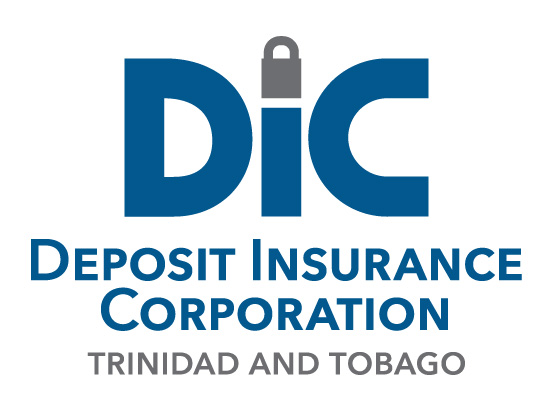- How does the closing of an institution affect interest accruing on a deposit?
- If a depositor has an account in the main office of an institution and also at a branch office, are these accounts separately insured?
No. The main office and all branches are considered to be one institution. Therefore, the accounts would be added together and insured up to the $125,000 maximum. However, separately constituted subsidiaries or associated companies are recognised as distinct legal entities for deposit insurance purposes.
- If a depositor has more than $125,000 (the current insured limit) in a failed institution and is paid $125,000 by the DIC, what happens to the amount in excess of $125,000?
If, for example, a depositor has a total claim of $130,000 he or she would, if the claim is approved, be paid $125,000. Such depositor would then claim against the Liquidator of the closed institution for the remaining $5,000. In respect of this $5,000, the depositor will be issued with a certificate of proof by the DIC of his or her claim. This certificate should then be presented to the Liquidator by the depositor who will be eligible to receive pro rata payment out of the assets of the institution, as and when they are realised or disposed of, in accordance with the laws of distribution in a liquidation.
- Is the insurance protection increased by placing funds in two or more types of deposit accounts in the same institution?
No. Deposit insurance is not increased merely by dividing funds held in the same right and capacity among the different types of deposits available. For example, chequing and savings accounts held by the same depositor in the same right and capacity are added together and insured up to a maximum of $125,000.
- What happens if a depositor expects to be paid an amount that is different from what the DIC pays?
The DIC determines from the records of the institution how much a depositor should be paid, based on the principal balance on account with the institution, along with interest accrued up to the date of the institution’s closure. If this amount is not what the depositor expects to receive, the depositor must then provide proof to the DIC to substantiate his or her claim.
- What happens to cheques which are not cleared on a depositor’s account before the business of the institution is closed?
Those cheques will not be paid or charged against the account because the action by the Central Bank to suspend the operations of the institutions will cause all accounts to be frozen at the date of suspension. Such cheques will be returned and usually will be marked “drawee bank closed”, or “refer to drawer”. This should not therefore reflect on the credit standing of the institution’s depositor. However, it is the depositor’s responsibility to make funds available to creditors who received cheques that were returned and did not clear through the depositor’s account because of the suspension of the institution.
- What procedure does the DIC follow after an institution has been closed?
The DIC will balance the institution’s books and credit interest earned on all accounts up to the date of closure. DIC officials will determine how much is owed to each depositor. A list of all deposits will be prepared. From this list, the following will be identified for further examination:
- depositors who have loans, overdrafts for deposits pledged as collateral, etc.
- depositors who have funds in excess of the insured limit.
hereafter, upon submission of a valid claim which is verified and approved, each eligible depositor will be paid up to a maximum of $125,000.




